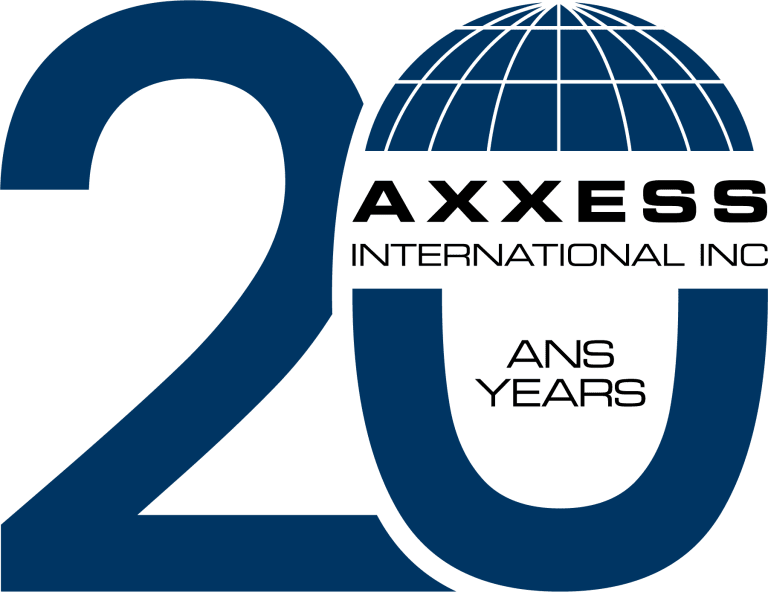Veuillez noter que certaines nouvelles de transport international ainsi que les nouvelles américaines sont disponibles en anglais seulement.
Asia-US West Coast prices jumped 71% to $1,725/CNTR. This rate is 89% lower than the same time last year.
Asia-US East Coast prices climbed 16% to $2,510/CNTR and are 85% lower than rates for this week last year.
Asia-N. Europe prices fell 1% to $1,410/CNTR and are 88% lower than rates for this week last year.
This week’s most important non-rate-related ocean update is the significant progress in ILWU – PMA negotiations announced late last week, followed by a key meeting Monday aimed at resolving manning issues and leaving wages and benefits as the next areas to hammer out.
Meanwhile, transpacific ocean rates climbed sharply last week on mid-month GRIs, especially to the West Coast, with daily rates so far this week indicating that the increases have succeeded for now. Asia – US West Coast prices climbed 71% to $1,725/FEU, 12% higher than 2019, while rates to the East Coast increased 16% to about $2,500/CNTR, just below the 2019 mark.
Carriers are trying to make sure the GRIs stick – and then some – by reducing capacity and announcing additional GRIs for early May, including rate increases on Asia – Europe lanes as well.
In addition to blanking sailings and suspending services, carriers are also sailing vessels at record low speeds as a way to reduce available capacity. So far, though, this slow down – happening alongside the disappearance of port congestion – does not appear to be increasing transit times, as Freightos marketplace data shows China – US average transit times have fallen 13% so far in April compared to last month and are on par with 2020.
But even with current rate levels and these steps to reduce supply, there is skepticism that additional increases in May will succeed given reports that some carriers are already deferring their May GRIs to mid-month.
On the transatlantic, ocean rates have fallen more than 40% since the start of the year and more than 60% since their peak last summer as volumes continued to decline in March. Prices are now on par with 2021 levels but are still an outlier for US import rates, remaining 60% higher than in 2019.
Recent analysis suggests that changes to air fleets and capacity in the coming years may impact transatlantic air cargo differently than other lanes, too. Increases in freighter capacity and passenger travel are expected to push air cargo rates down on most lanes, though a trend toward new narrowbody passenger planes on the transatlantic may actually reduce capacity levels.
Courtesy of : Freightos




